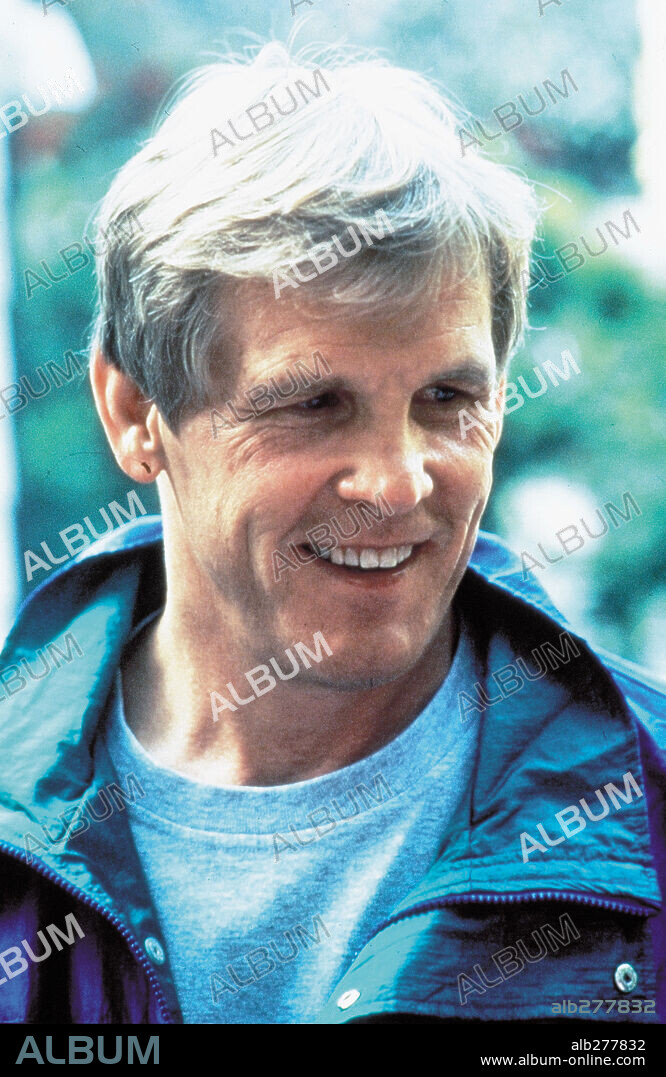Is Nick Nolte's mugshot truly the most infamous in celebrity history? This question has sparked countless debates among fans and critics alike. The image, taken during his arrest by the California Highway Patrol in September 2002, became an instant cultural phenomenon. It was not just a photograph; it was a moment that encapsulated the fallibility of even the most celebrated figures. Nick Nolte, known for his rugged charm and commanding presence on screen, suddenly found himself at the center of a media storm that transcended the boundaries of traditional entertainment news.
The mugshot, with its unflinching gaze and disheveled appearance, quickly went viral in an era before social media dominated our lives. It appeared on countless websites, memes, and even merchandise, becoming a symbol of both mockery and admiration. For many, it represented the raw vulnerability of a man who had once been hailed as People’s Sexiest Man Alive. Yet, beyond the humor and satire, there lies a deeper story—a tale of redemption, resilience, and reinvention. In interviews and his memoir, Rebel, Nolte has spoken candidly about this period in his life, revealing the complexities behind the iconic image.
| Bio Data | |
|---|---|
| Full Name | Nicholas Charles Nolte |
| Date of Birth | February 8, 1941 |
| Place of Birth | Omaha, Nebraska, USA |
| Profession | Actor |
| Education | University of Minnesota (Dropped out) |
| Career Highlights | |
| Famous Movies | The Prince of Tides, 48 Hrs., Affliction |
| Awards | Golden Globe Award, Academy Award nominations |
| Notable Roles | Raymond Shaw in The Manchurian Candidate, Tom Wingo in The Prince of Tides |
| Personal Information | |
| Spouse | Susan Goranson (divorced), Barbara Harris (married) |
| Children | Three daughters |
| Website Reference | IMDb Profile |
Nick Nolte’s journey from Hollywood star to tabloid fodder and back again is nothing short of remarkable. His career began in the late 1960s, but it wasn’t until the early 1980s that he cemented his status as one of cinema’s most compelling actors. Films like 48 Hrs. showcased his ability to blend grit with humor, while dramas such as The Prince of Tides demonstrated his emotional depth. However, personal struggles, including substance abuse issues, threatened to overshadow his professional achievements. The infamous mugshot served as both a low point and a turning point in his life.
In the years following the incident, Nolte worked diligently to reclaim his reputation. He returned to acting with renewed vigor, delivering powerful performances in films like Warrior and Luck. These roles allowed him to reconnect with audiences who admired his talent despite his past missteps. Moreover, his openness about his experiences resonated with fans, offering a message of hope and perseverance. As he reflected in Rebel, Nolte acknowledged the mistakes he made but emphasized the importance of learning from them.
Pop culture references to Nick Nolte’s mugshot abound, underscoring its enduring impact. From jokes on television shows to lyrics in rap songs, the image has permeated various forms of media. One notable example comes from comedian Chelsea Handler, who humorously compared her own hair during humid weather to “Nick Nolte mugshot hair.” Meanwhile, rapper Chase immortalized the photo in his track Hooligan, using it as a metaphor for chaos and rebellion. Such references highlight how deeply embedded the mugshot has become in collective consciousness.
Despite the widespread attention his mugshot garnered, Nolte remains focused on his craft. He continues to take on challenging roles, proving that his legacy extends far beyond a single photograph. In fact, he views the experience as part of his broader narrative—one marked by highs and lows, triumphs and setbacks. By embracing rather than shying away from this chapter in his life, Nolte exemplifies the strength required to navigate the often unforgiving world of celebrity.
Ultimately, Nick Nolte’s mugshot serves as more than just a visual artifact; it represents a pivotal moment in his personal and professional evolution. It reminds us that even those we place on pedestals are human, capable of error yet also capable of growth. Through his artistry and authenticity, Nolte continues to inspire others to confront their flaws and strive for improvement. Whether through film or literature, he ensures that his story will endure long after the initial shock of the mugshot fades into memory.
As Nolte himself once remarked, if he were ever to win an Oscar, he would want the award ceremony to occur ten days before his death—because, as he quipped, “that’s going to be an ugly picture.” This self-deprecating humor underscores his willingness to laugh at himself while maintaining dignity. It also reinforces the idea that true resilience involves accepting all aspects of oneself—the good, the bad, and everything in between.




